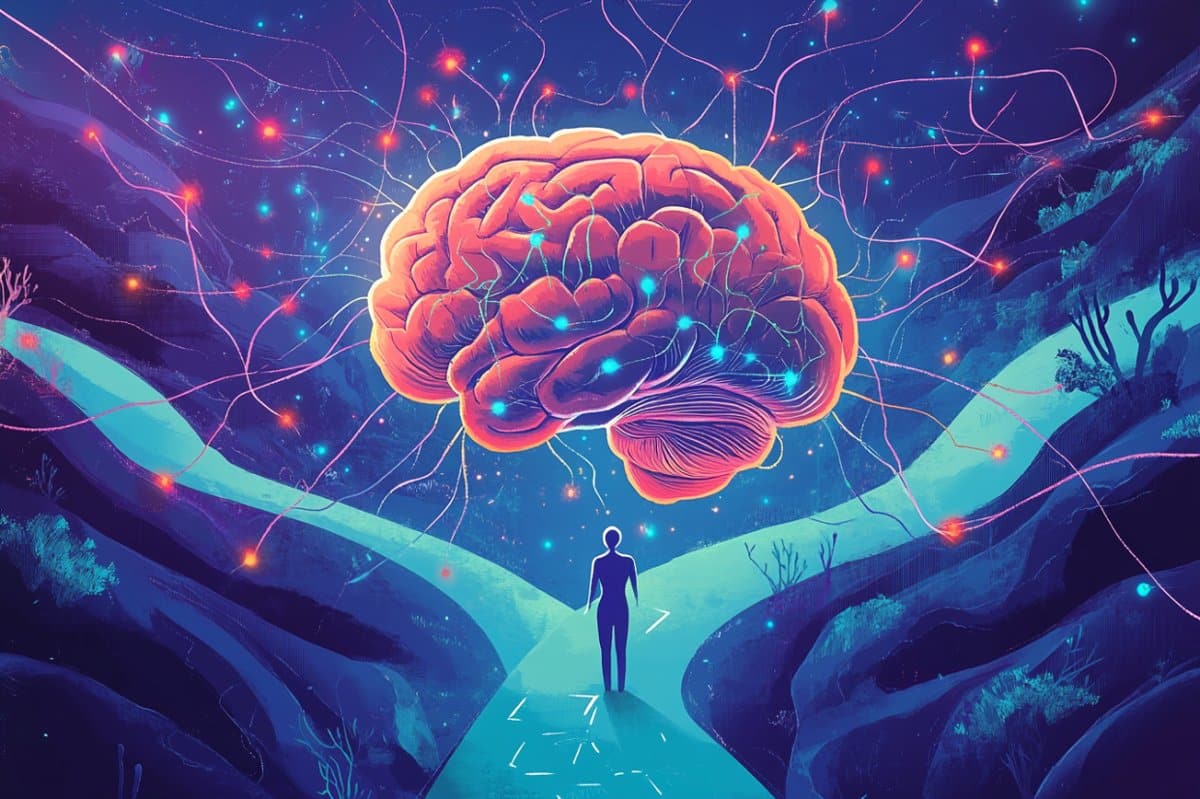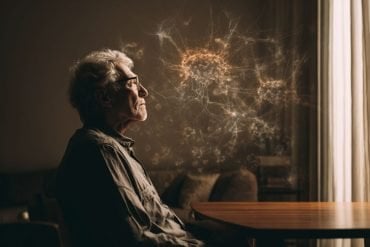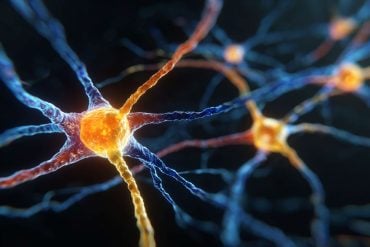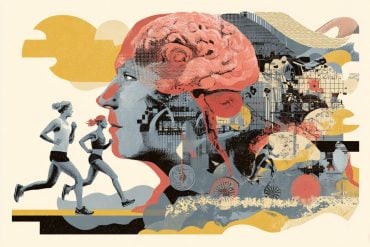Summary: Serotonin neurons in the brainstem are not independent, as once thought, but interact to influence decision-making. Researchers found that clusters of serotonin neurons compete and collaborate, shaping when and how serotonin is released throughout the brain.
This discovery challenges older views of a uniform serotonin signal and may have major implications for understanding mood disorders and how the brain handles binary decisions. The team identified a brain circuit involving the lateral habenula that helps compute “go” or “don’t go” decisions in response to perceived threats.
Key Facts:
- Serotonin Networks: Serotonin neurons form interconnected ensembles that regulate dynamic serotonin release.
- Decision Circuits: A newly identified circuit links the lateral habenula to serotonin activity, guiding binary decisions.
- Behavioral Impact: This new understanding could inform targeted therapies for mood disorders like depression.
Source: University of Ottawa
Our lives are filled with binary decisions – choices between one of two alternatives. But what’s really happening inside our brains when we engage in this kind of decision-making?
A University of Ottawa Faculty of Medicine-led study published in Nature Neuroscience sheds new light on these big questions, illuminating a general principle of neural processing in a mysterious region of the midbrain that is the very origin of our central serotonin (5-HT) system, a key part of the nervous system involved in a remarkable range of cognitive and behavioral functions.

“The current dominating model is that individual 5-HT neurons are acting independently one from another. While it had previously been suggested that 5-HT neurons may rather be connected with one another, it had not been directly demonstrated. That is what we did here.
“We also identify an intriguing processing role – or a computation – that is supported by this particular type of connectivity between 5-HT neurons,” says Dr. Jean-Claude Béïque, full professor in the Faculty’s Department of Cellular and Molecular Medicine and co-director of the uOttawa Brain and Mind Research Institute’s Centre for Neural Dynamics and Artificial Intelligence.
The international research team’s work involved a mixture of several experimental approaches such as electrophysiology, cellular imaging, optogenetics and behavioral approaches, along with mathematical modeling and computer simulations.
Forging advances
So what does it mean that serotonin neurons clustered together in the brainstem are not independent actors largely keeping to themselves but are actually sending axons to the rest of the brain?
“In my view, the paper’s main takeaway is that the mammalian serotonin system is far more anatomically and functionally complex than what we previously imagined.
“This is knowledge that could potentially help develop targeted therapeutics for mood disorders like major depressive disorder,” says Dr. Michael Lynn, the study’s first author and a former member of Dr. Béïque’s Faculty of Medicine lab.
Dr. Lynn received his PhD in Neuroscience from the University of Ottawa in October 2023. He’s now working as a postdoctoral fellow at the University of Oxford, in the Department of Physiology, Anatomy and Genetics.
He says the team’s findings are important because it turns out that there are distinct groups of serotonin neurons with their own activity patterns, each controlling serotonin release in a particular region of the brain.
This has implications for the “winner-takes-all” principle of neuroscience – an idea applied in computational models of neural networks in which neurons essentially compete to get activated.
“The new principles uncovered in this paper suggest that these distinct ensembles can interact in some scenarios: ‘winning’ serotonin ensembles with high activity can strongly reduce serotonin release from ‘losing’ serotonin ensembles with lower activity levels,” he says.
“These imply a more complex, dynamic set of rules about how and when serotonin is released throughout the brain, contrasting with an older view of a more monolithic signal.”
Decisions, decisions
The research team’s work has implications for how our brain – an organ with profoundly intricate wiring of neurons with multitudes of enmeshed connections – is involved in day-to-day decision making.
They determined how the lateral habenula, a region that is activated when we are frustrated and that is implicated in major depression, ultimately controls the activity of serotonin neurons.
Habenular neurons are also believed to encode the level of threat that is perceived from a particular environment, or perhaps even from our actions.
Dr. Béïque explains it like this: “Do we jump from the high diving board at the pool? Or only from the low one? Do we walk down that very dark alley, or do we avoid it? When is dark too dark?
“Somehow our brain must compute features of our world – including how threatening a particular environment is – and come up with a binary output: you go, or you don’t.”
“We think we have identified a circuit that participates in that very computation that guides our everyday decisions,” he says.
Next steps
What’s next for the research team as they build on the advances they have forged over several years with this methodical, innovative examination of the serotonin system? They aim to focus on behavioral studies with mouse models.
“At this point, the behavioral manifestations of the computation we discovered were somewhat artificial behavior. We’re currently trying to see if we can see similar things when mice are behaving in more naturalistic environments,” Dr. Béïque says.
The talent-rich research team for the new Nature Neuroscience paper included the uOttawa Faculty of Medicine’s Dr. Richard Naud, a computational neuroscientist who was the senior author on a recent serotonin-related study published in Nature, and Sean Geddes, director of Innovation and Partnerships at Ottawa.
About this serotonin and decision-making research news
Author: Paul Logothetis
Source: University of Ottawa
Contact: Paul Logothetis – University of Ottawa
Image: The image is credited to Neuroscience News
Original Research: Open access.
“Nonlinear recurrent inhibition through facilitating serotonin release in the raphe” by Jean-Claude Béïque et al. Nature Neuroscience
Abstract
Nonlinear recurrent inhibition through facilitating serotonin release in the raphe
Serotonin (5-HT) neurons in the dorsal raphe nucleus (DRN) receive a constellation of long-range inputs, yet guiding principles of local circuit organization and underlying computations in this nucleus are largely unknown.
Using inputs from the lateral habenula to interrogate the processing features of the mouse DRN, we uncovered 5-HT1A receptor-mediated recurrent connections between 5-HT neurons, refuting classical theories of autoinhibition.
Cellular electrophysiology and imaging of a genetically encoded 5-HT sensor revealed that these recurrent inhibitory connections spanned the raphe, were slow, stochastic, strongly facilitating and gated spike output.
These features collectively conveyed highly nonlinear dynamics to this network, generating excitation-driven inhibition and winner-take-all computations.
In vivo optogenetic activation of lateral habenula inputs to DRN, at frequencies where these computations are predicted to ignite, transiently disrupted expression of a reward-conditioned response in an auditory conditioning task.
Together, these data identify a core computation supported by an unsuspected slow serotonergic recurrent inhibitory network.






